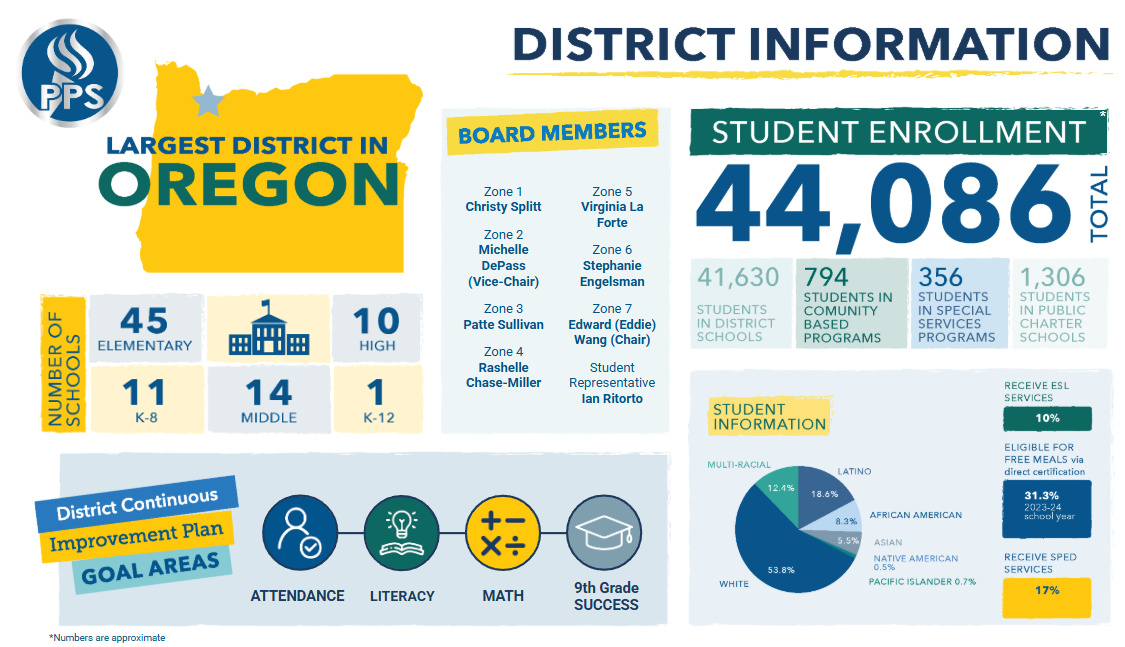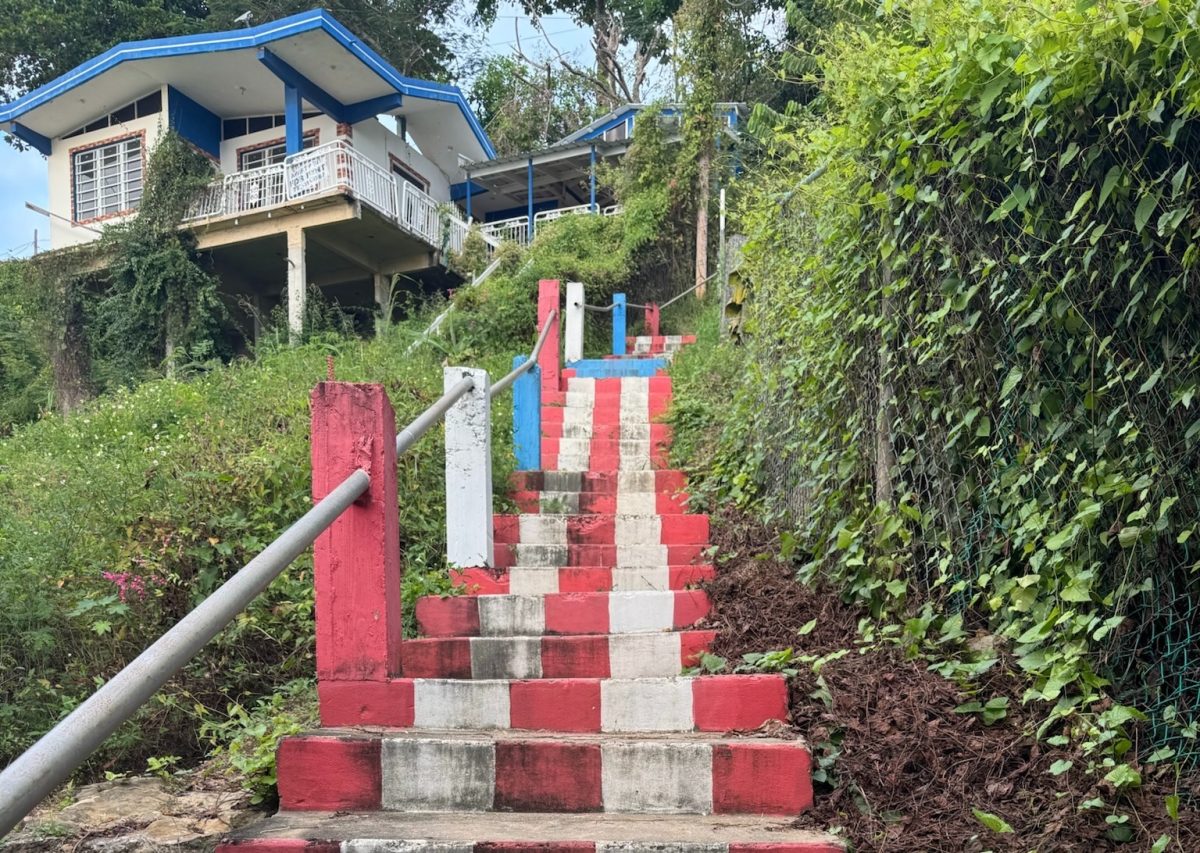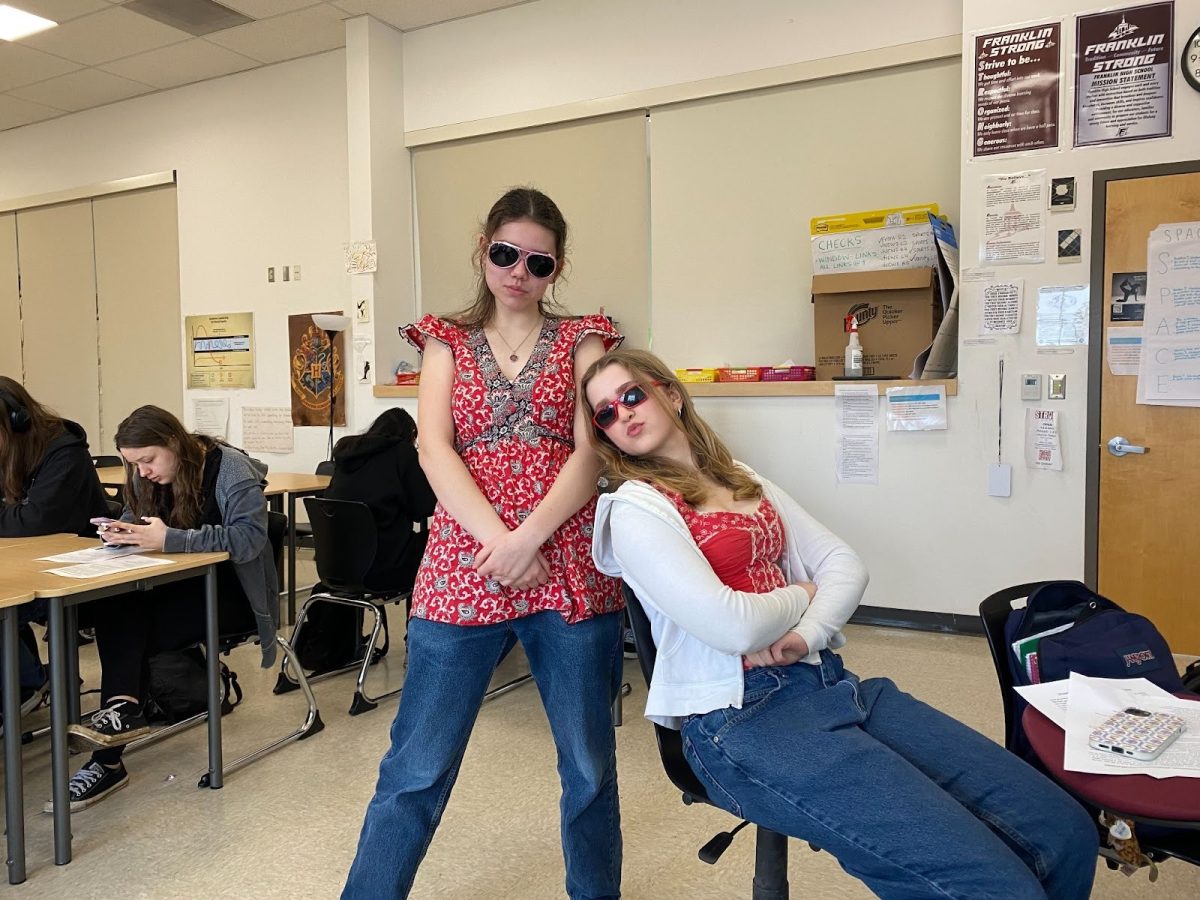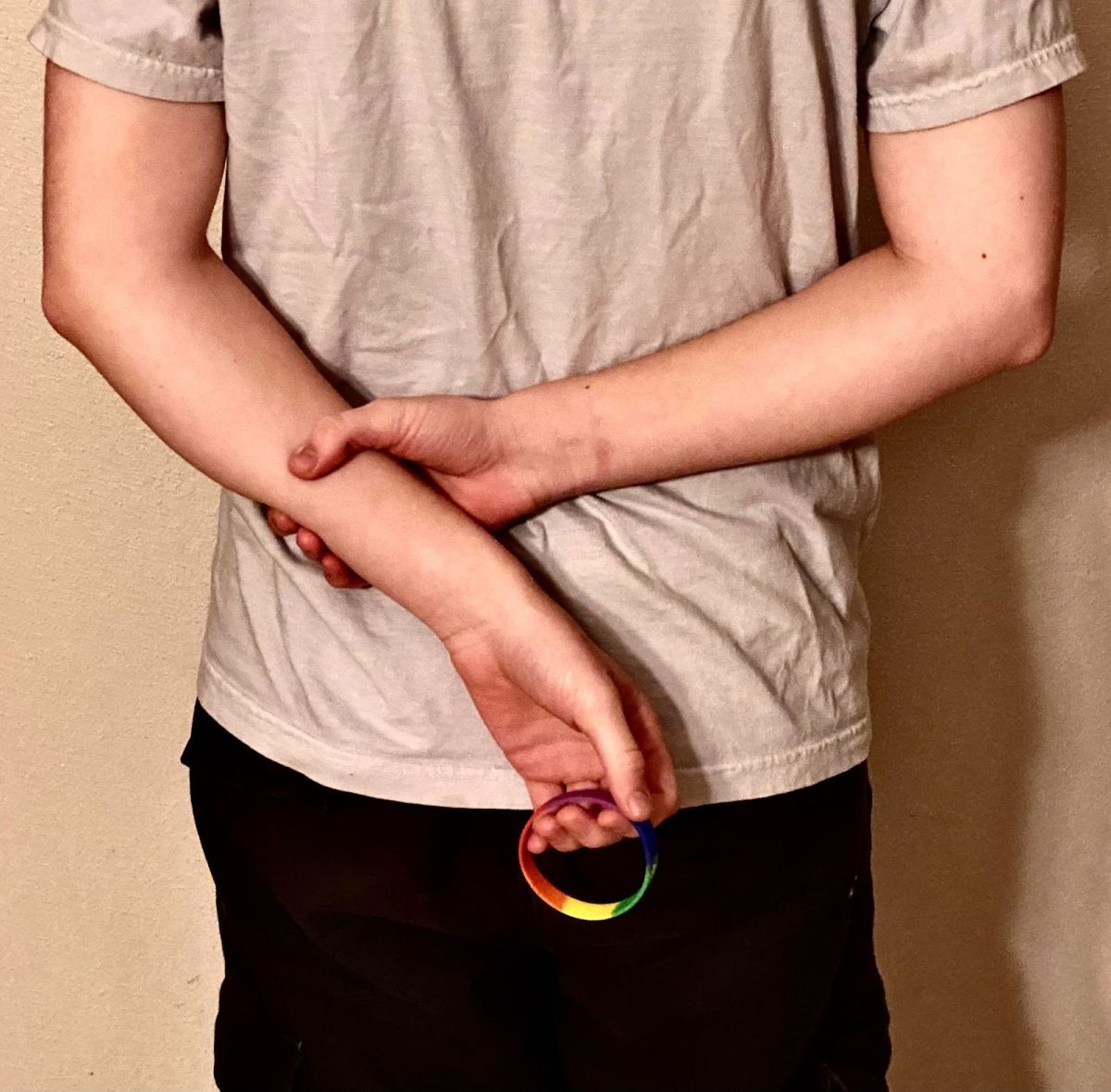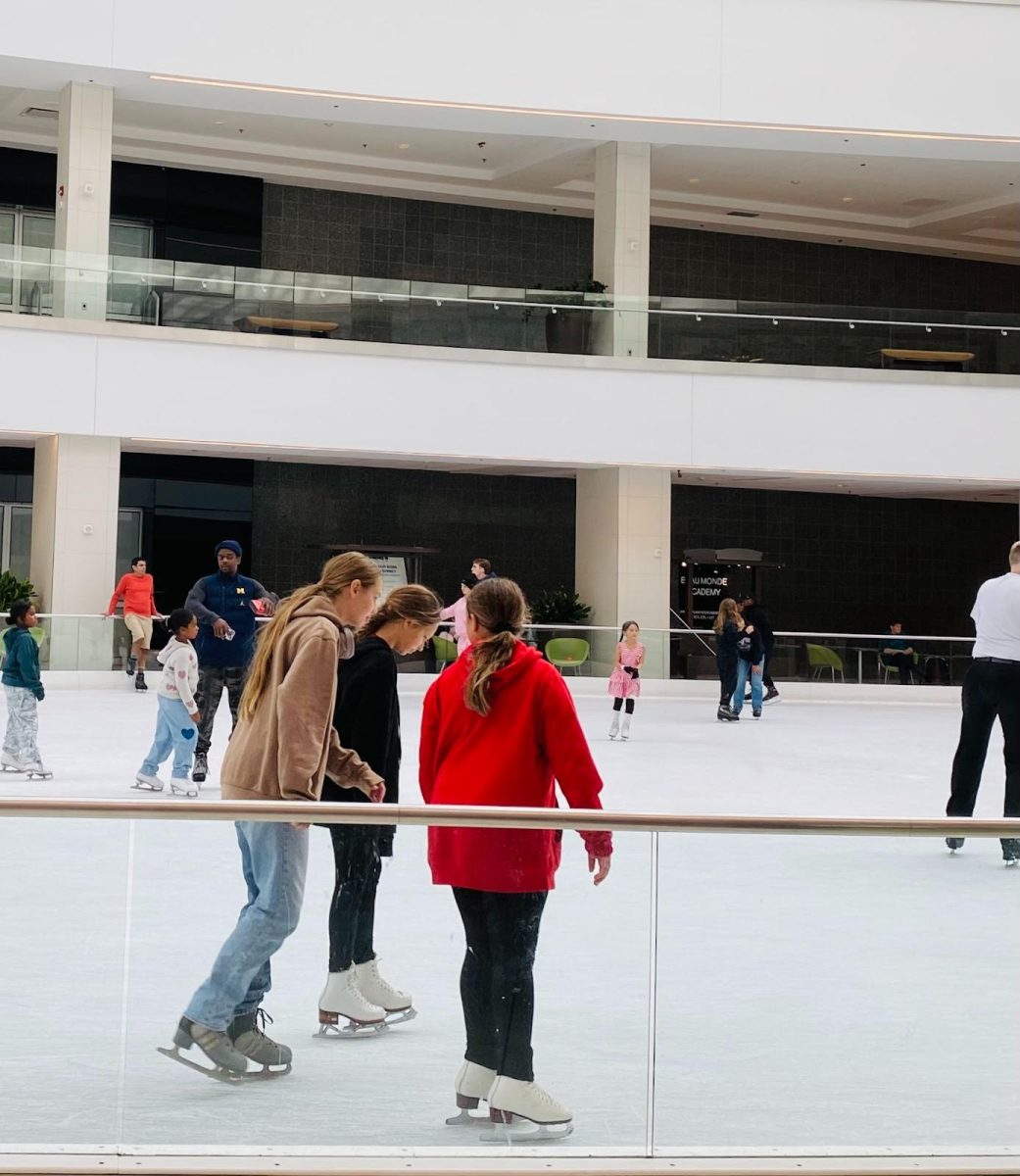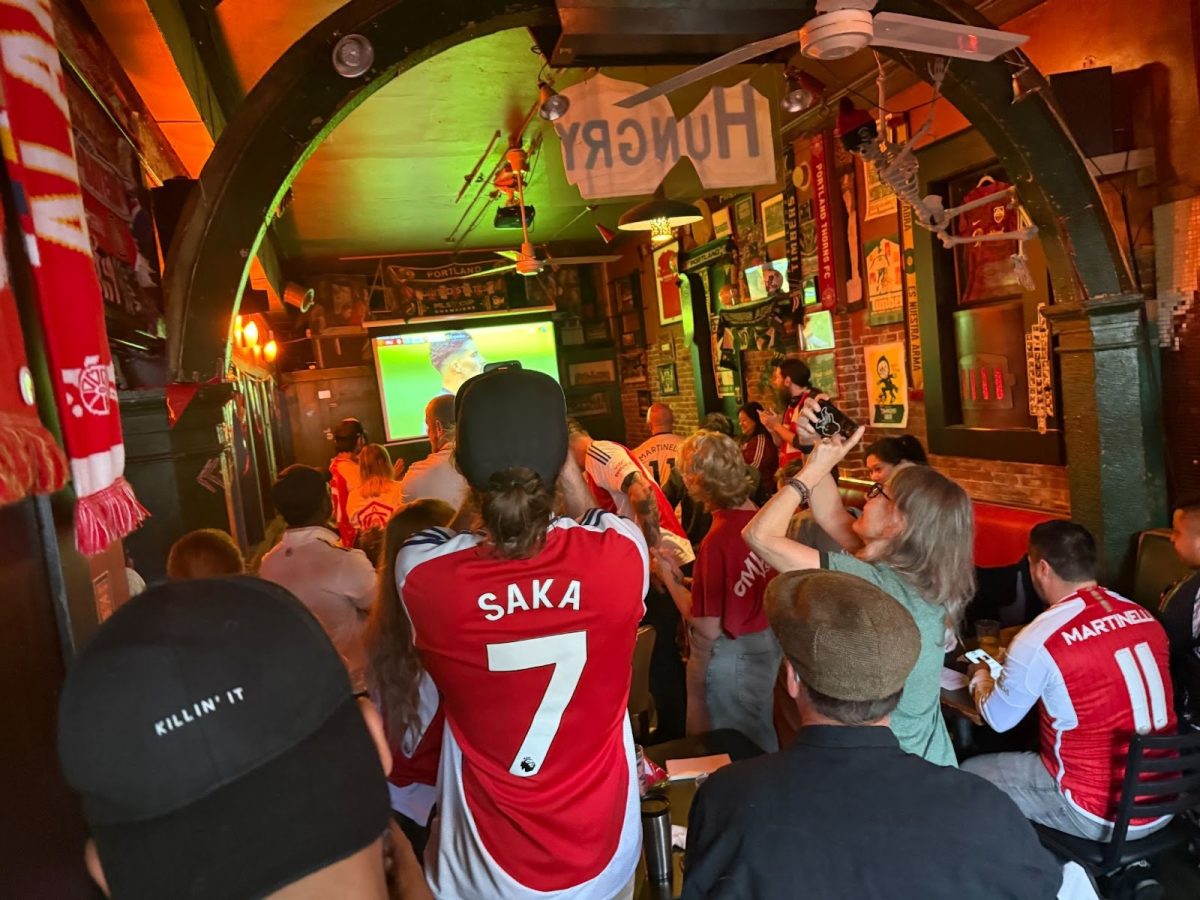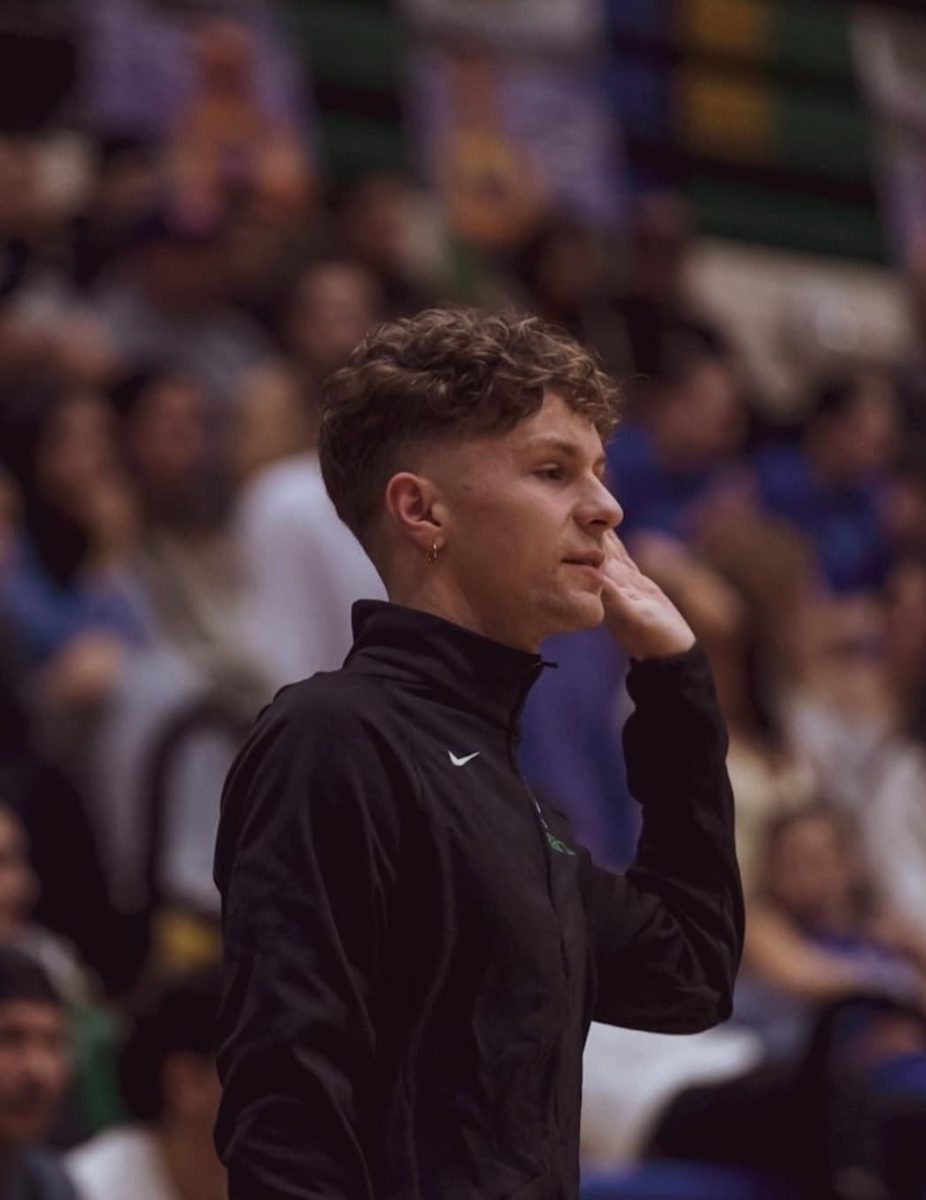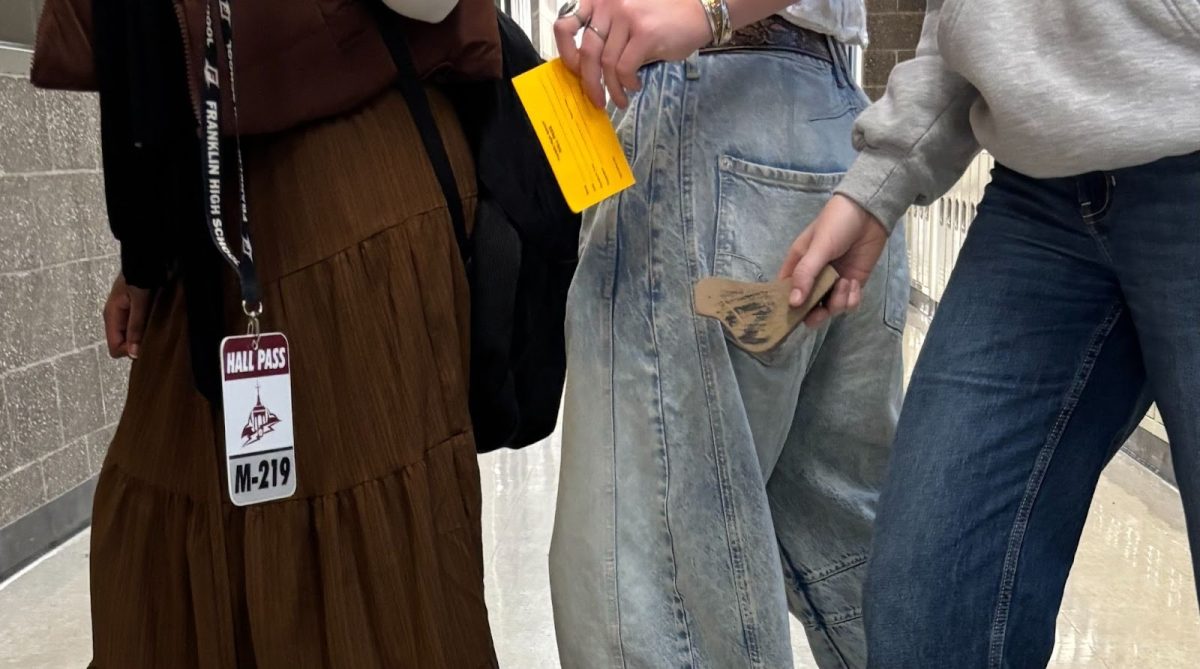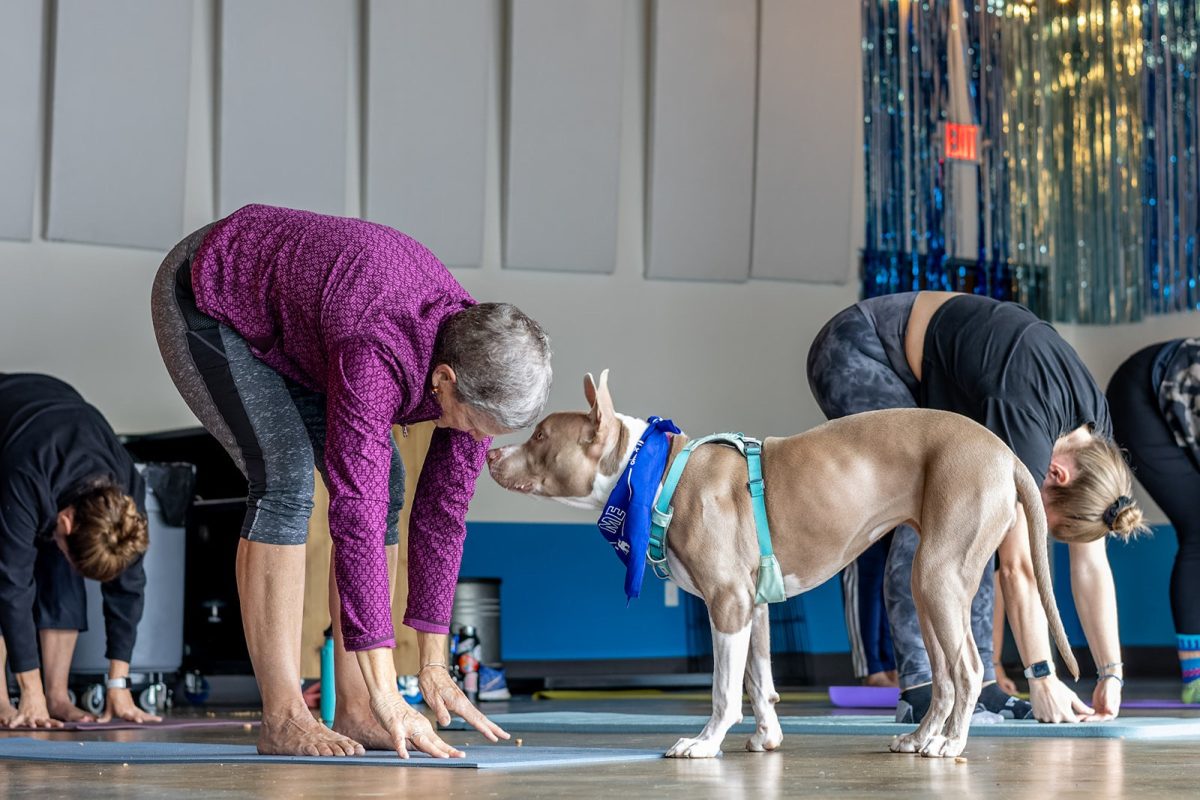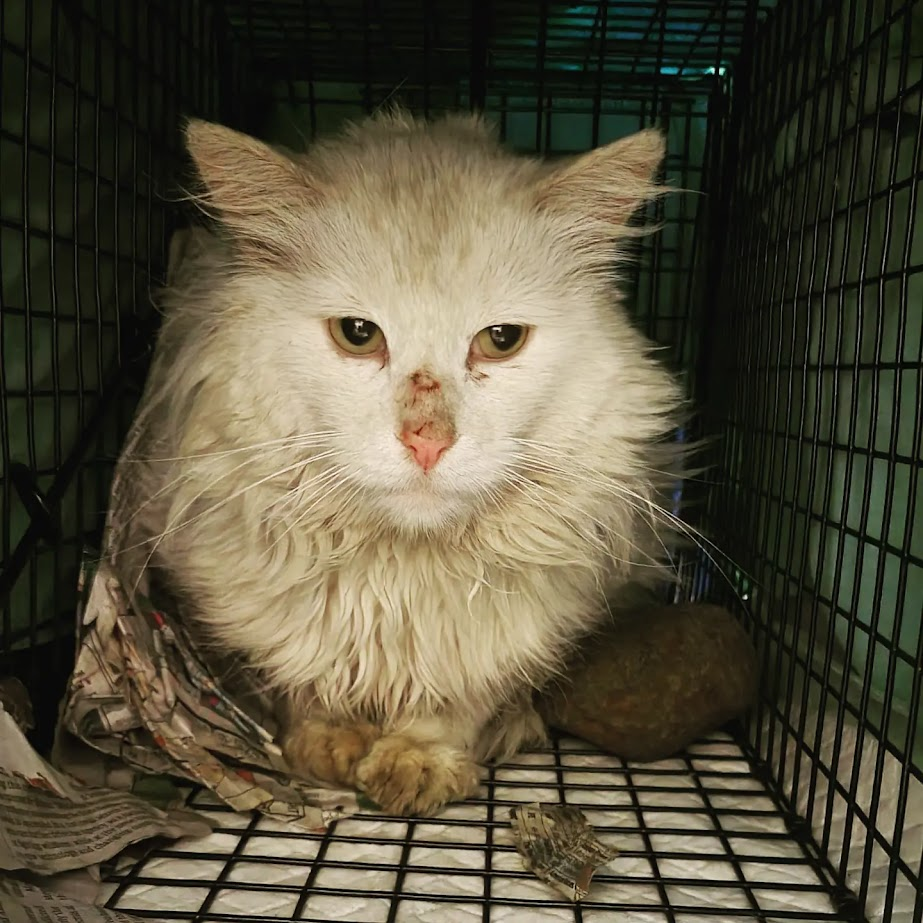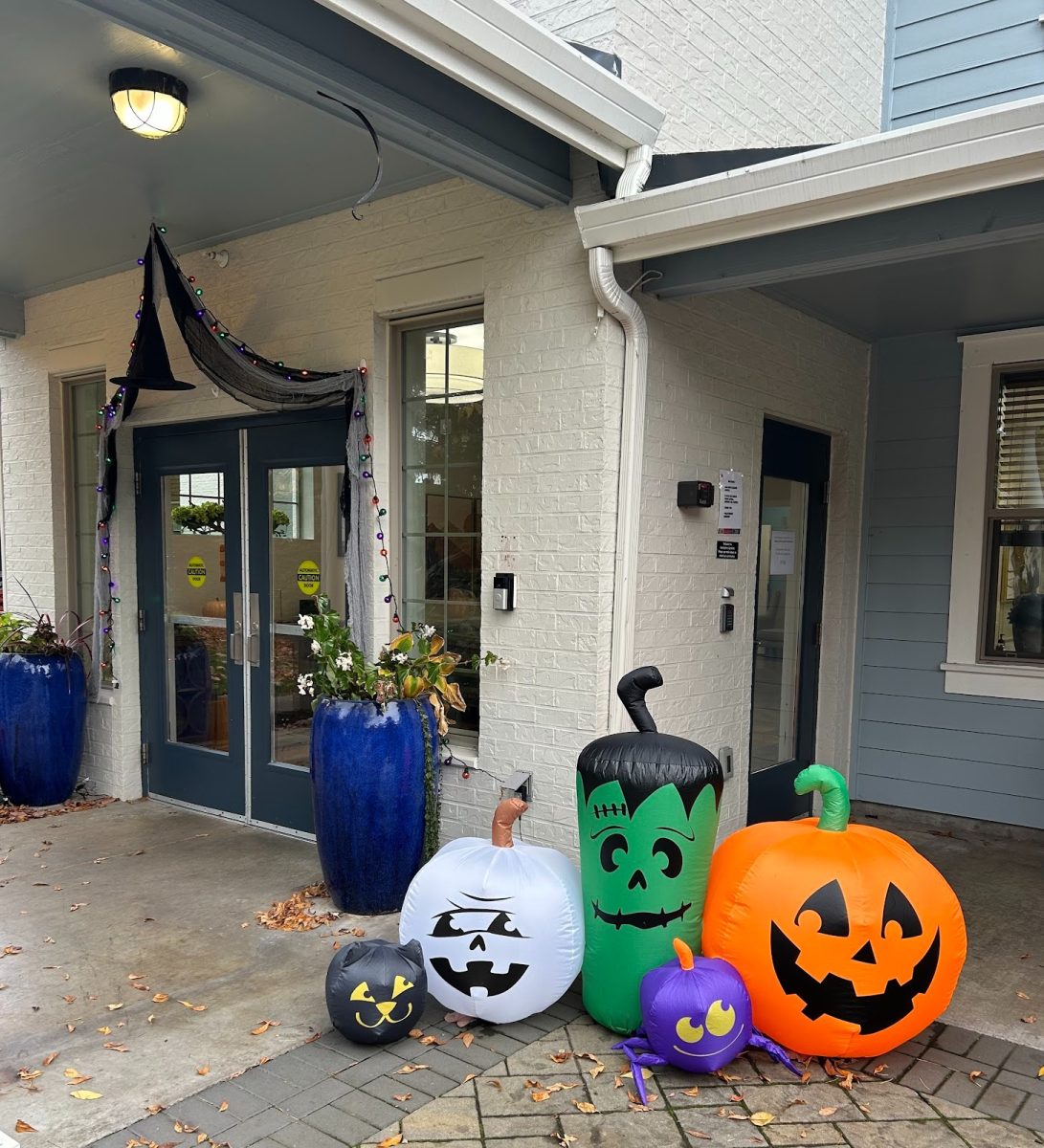
On Tuesday Oct. 4, Sarah Pliner was hit and killed on the intersection of SE Powell and 26th Ave., right in front of Cleveland High School while riding her bike. This fatality is one of many in an upward trend as Portland is currently seeing a spike in road user fatalities. As of Oct. 10, 2022, the city has already seen a 51.9% increase, with 41 crashes, from the same year to date in 2018. In 2021, Portland had 63 recorded traffic fatalities, the highest death toll in 30 years from traffic crashes. This rise in collisions is not unique to Portland, and is reflected across the nation.
These numbers especially began to rise during the pandemic. Even as roads saw less traffic, the city saw more traffic fatalities. According to Portland Bureau of Transportation (PBOT) Spokesperson Dylan Rivera, “[drivers] saw less traffic so they drove faster on interstate highways and busy city streets.” In 2020, the number of traffic deaths among passengers and drivers in a motor vehicle totaled 23 fatalities, three times the fatalities in 2018. 11 of those collisions in 2020 were from crashes into fixed objects such as parked cars and utility poles, indicating impaired driving and speeding.
Pedestrian fatalities have also surged with a whopping 44% of traffic fatalities being pedestrians as of Oct. 10 this year and 35% year to date in 2021. “When you have a traffic crash involving a motor vehicle and you have someone walking or biking or using a mobility device, you have hundreds or thousands of pounds impacting flesh and bone,” explains Rivera. “There is less room for error.”
Motorcycle collisions account for 19.5% of total crashes, an extremely high amount considering there are few motorcycles on the road in Portland, relative to pedestrians and other types of vehicles. Currently there have been eight fatalities, the same number to date as the prior year.
Portland has been making strides to limit the number of road-user fatalities and has adopted Vision Zero with other cities across the country. Vision Zero’s mission is to “eliminate traffic deaths and serious injuries on our streets” to zero. “All traffic crashes are preventable,” adds Rivera.
For the past 20 years, Portland has been building cyclist infrastructure such as protected bike lanes and providing education surrounding how to share the road with vehicles and cyclists. Pedestrians have seen similar infrastructure additions such as painted crosswalks, median islands, flashing beacons and signage. This infrastructure may be a leading reason why cyclists have been seeing relatively lower death tolls with three deaths this year and zero recorded in 2021.
In recent years, speed limits across streets have also decreased to protect all road users. Driving at 40 miles per hour (mph) provides an 80% likelihood of a fatality or severe injury in the case of a collision, but decreasing your speed to 20 mph presents only a 10% likelihood of fatality or injury.
“These are not just statistics, these are not just numbers, these are people’s lives that were ended through a really horrible incident that occured and something that we think shouldn’t be happening,” Rivera says. “We’re working hard to get these numbers down and eventually to zero.”
An important piece of getting these fatality numbers down is being alert on the road, no matter what method of transportation you are using. As we continue to get into the darker months, there is a higher risk of fatalities, so it is recommended for pedestrians to wear white or reflective clothing to be safer in the dark. Using bike lanes, marked crosswalks with flashing beacons and median islands are all great ways for bikers to be protected on city streets.
Every street corner is a legal crosswalk where, by law, vehicles are supposed to stop and stay stopped for anyone attempting to cross the street. Following speed limits and traffic laws even when roads seem to be clear and safe is still vital in order to protect everyone using the road.
Rivera sums it up best by saying “if we look out for each other and slow down, we can reduce and eventually eliminate traffic deaths from Portland streets.”


